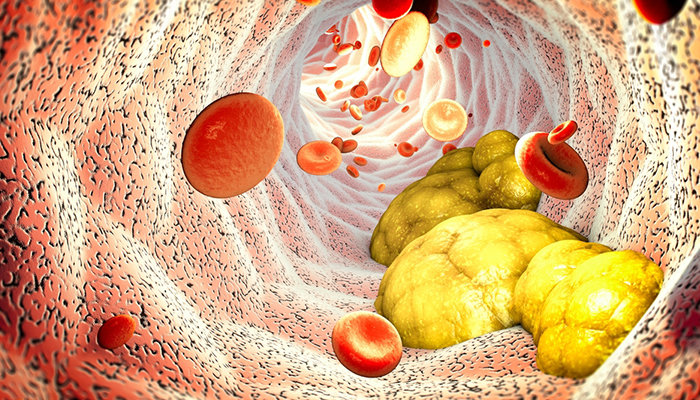The South Lake Pediatrics blog continues to focus on the topic of nutrition and your child in 2022. Each month, we will bring you information on one of many topics in this subject. If there is a particular nutritional question you think would be interesting to learn more about, please feel free to leave a comment below.
Fat is an essential part of our diet. Fat provides the energy and calories kids need to grow and stay active. This is especially true in young children. Our liver converts the fats we eat into cholesterol. Cholesterol is used to form the walls of cells in our organs, especially in our brains and nervous systems. However, like many things in life, too much of a good thing can cause problems.
High cholesterol levels in our blood can lead to heart disease. When your cholesterol is elevated, it can lead to deposits of cholesterol on your blood vessels. If these deposits grow, it will eventually be hard for blood to flow through your blood vessels which can lead to a heart attack.
The American Academy of Pediatrics recommends that all children have their cholesterol level in their blood checked between the ages of 9-11 years. The earlier you can identify an elevated level of cholesterol, the more time you have to make lifestyle changes through diet and exercise to lower your cholesterol and to prevent heart disease.
A heart healthy diet is low in saturated fats and high in fiber and whole grains.
There are different types of fat in our diets.
Saturated fats are considered unhealthy fats. They are solid at room temperature. They mostly come from animal sources, such as: butter, cheese, bacon and beef. There are a few plant foods high in saturated fats, such as coconut oil and palm oil.
Unsaturated fats are considered healthy fats. They can help to lower cholesterol levels and decrease inflammation. Unsaturated fats are mostly found in foods from plants, such as olives, soy, beans, nuts, and avocado.
Fats are an essential part of brain development, so fats should not be limited in children under the age of 2 years. For the most part, children under the age of two should be served full-fat dairy products and drink whole milk.
Between the ages of 2 and 5 years, you can start to be mindful of types of fat and amounts. But these kids still need higher amount of fat in their diets than older kids and adults do.
After the age of 5, children can eat a diet similar to adults in nutritional make-up.
Teach your children from a young age to eat a heart healthy diet. Better yet, eat a heart healthy diet together as a family. Teach them to make healthy choices with an abundance of fruits and vegetables, healthy fats, and whole grains and most importantly that eating healthy most of the time leaves room for the occasional sweet treats.



